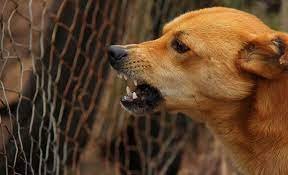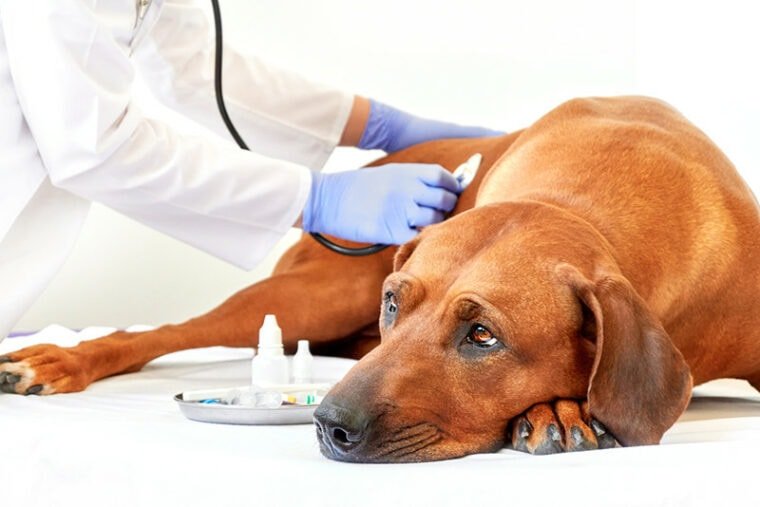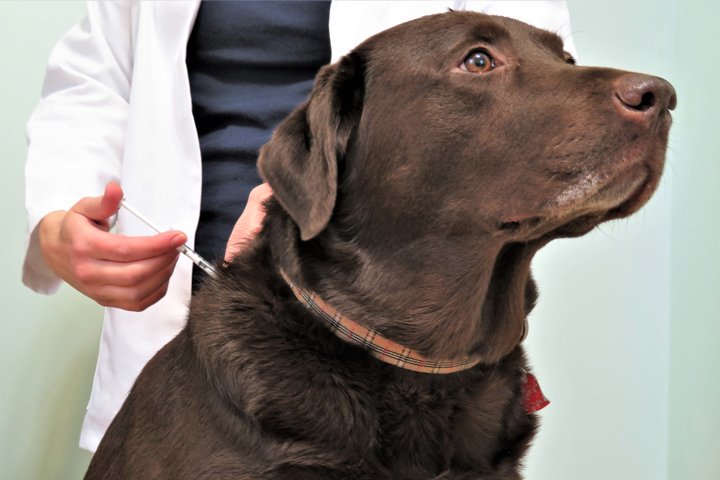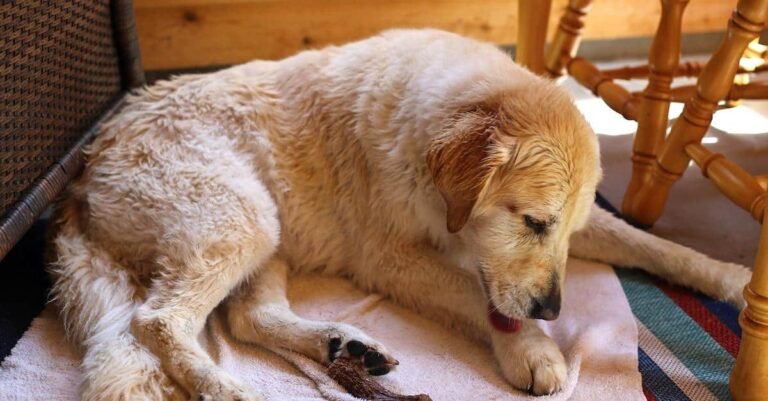How To Take Care Of Your Dog During Rainy Season
How do I manage my dog in the rainy season?
Managing your dog during the rainy season requires some adjustments to ensure their well-being and comfort. Here are some tips to help you and your dog navigate the challenges of rainy weather:
- Shelter and Dry Spaces:
- Provide a dry and comfortable shelter for your dog. This could be a covered porch, a doghouse, or a designated indoor space.
- Use dog-friendly rain gear, such as a waterproof coat or jacket, to keep your dog dry during walks.
- Dry Bedding:
- Ensure your dog’s bedding stays dry. If your dog sleeps outside, make sure their bed is in a covered area or invest in waterproof bedding.
- Regular Grooming:
- Keep your dog’s fur well-groomed. Regular brushing can help prevent matting and reduce the amount of mud and debris your dog brings indoors.
- Paw Care:
- Wipe your dog’s paws after walks to remove mud and moisture. This helps prevent paw irritation and keeps your home cleaner.
- Consider using doggie boots to protect your dog’s paws from wet and muddy conditions.
- Indoor Activities:
- Plan indoor activities and games to keep your dog mentally stimulated on rainy days. Puzzle toys and indoor play can help prevent boredom.
- Rainy Day Exercises:
- If your dog enjoys the rain, embrace it with short walks or playtime in a safe, covered area. Just be mindful of your dog’s comfort and health.
- Dry Off Thoroughly:
- After outdoor activities in the rain, dry your dog off with a towel. Pay attention to ears, paws, and the underbelly.
- Proper Nutrition:
- Ensure your dog maintains a healthy diet during the rainy season. Adequate nutrition supports a strong immune system.
- Vaccinations and Preventatives:
- Keep your dog’s vaccinations up-to-date, especially during wet seasons when certain diseases may be more prevalent.
- Use flea and tick preventatives as recommended by your veterinarian, as these pests can be more common in humid conditions.
- Emergency Preparedness:
- Be prepared for emergencies, such as flooding or power outages. Have an emergency kit ready with essentials for your dog, including food, medications, and important documents.
Always monitor your dog for signs of discomfort or illness, and consult with your veterinarian if you have specific concerns about their health during the rainy season. Each dog is different, so tailor your approach to your dog’s individual needs and preferences.
Are dogs affected by rainy weather?
Yes, dogs can be affected by rainy weather, and the impact can vary depending on the individual dog and the severity of the weather. Here are some ways rainy weather can affect dogs:
- Discomfort: Some dogs may be uncomfortable with wet or cold conditions. Rain can make their fur wet and muddy, and some dogs may not enjoy getting wet.
- Temperature Regulation: Rainy weather, especially in colder seasons, can affect a dog’s ability to regulate body temperature. Wet fur may make them feel colder, and if they’re not adequately dried, it can contribute to discomfort and even hypothermia.
- Paw Health: Wet and muddy conditions can lead to paw-related issues. Prolonged exposure to moisture may soften paw pads, making them more susceptible to injury. Additionally, wet conditions can promote the growth of bacteria and fungi, increasing the risk of infections.
- Behavioral Changes: Some dogs may exhibit changes in behavior during rainy weather. They may be less inclined to go for walks or engage in outdoor activities, especially if they are not fans of rain.
- Health Concerns: Rainy weather can contribute to the spread of certain diseases, such as leptospirosis, which is transmitted through water contaminated with the urine of infected animals.
To mitigate the effects of rainy weather on dogs, consider the following:
- Provide shelter and a dry place for your dog to retreat to.
- Use dog-friendly rain gear, such as waterproof coats or boots, to keep your dog dry during walks.
- Wipe your dog’s paws and fur after outdoor activities in the rain.
- Ensure your dog has a comfortable and dry place to sleep indoors.
It’s essential to monitor your dog’s behavior and well-being during rainy weather and make adjustments as needed. If you have specific concerns about your dog’s health or behavior in certain weather conditions, it’s advisable to consult with your veterinarian for guidance tailored to your individual dog’s needs.
Why is my dog not eating in the rainy season?
There could be several reasons why your dog is not eating during the rainy season. It’s important to consider various factors and observe your dog’s behavior to determine the underlying cause. Here are some possible reasons:
- Weather Discomfort: Some dogs are sensitive to changes in weather, and rainy conditions may make them feel uncomfortable. Cold or wet weather can affect their appetite.
- Lack of Exercise: Dogs may be less active during rainy weather, leading to a decrease in their overall energy expenditure. Reduced physical activity can impact their appetite.
- Stress or Anxiety: Changes in weather, especially if accompanied by thunderstorms or other loud noises, can cause stress or anxiety in some dogs. Stress can affect their eating habits.
- Illness or Pain: If your dog is not eating, it could be a sign of an underlying health issue or pain. Dogs may lose their appetite when they are not feeling well.
- Food Preferences: Some dogs may be picky eaters and may not like the smell or taste of their food during certain weather conditions.
- Digestive Upset: Changes in weather can sometimes affect a dog’s digestive system. They may experience nausea or other digestive issues, leading to a decrease in appetite.
- Environmental Factors: Insects, parasites, or other environmental factors that become more prevalent during rainy seasons may affect your dog’s comfort and appetite.
If your dog’s lack of appetite persists or is accompanied by other concerning symptoms, it’s essential to consult with your veterinarian. A veterinarian can help identify the underlying cause and recommend appropriate treatment. In the meantime, you can try the following:
- Offer a variety of food options to see if your dog has a preference.
- Ensure your dog has a comfortable and dry place to rest.
- Gradually transition to wet or dry food that your dog finds more palatable.
- Provide a calm and stress-free environment, especially during thunderstorms or other noisy conditions.
Remember that changes in eating habits can be a sign of an underlying health issue, so it’s crucial to seek veterinary advice if you’re concerned about your dog’s well-being.

Do dogs feel cold in rainy season?
Yes, dogs can feel cold in rainy weather, especially if it’s accompanied by low temperatures and wind. Dogs, like humans, are susceptible to the effects of cold and wet conditions. Here are some factors that can contribute to a dog feeling cold during the rainy season:
- Wet Fur: Rain can make a dog’s fur wet, which reduces its insulating properties. Wet fur conducts heat away from the body more efficiently, making the dog feel colder.
- Low Temperatures: If the temperature is relatively cool, wet conditions can exacerbate the feeling of cold. Dogs that are not adequately protected from the cold may shiver or show signs of discomfort.
- Wind Chill: Wind can increase the perception of cold, especially when combined with wet fur. Wind chill can make the actual temperature feel colder than it is.
- Breed and Size: Some dog breeds are more sensitive to cold weather than others. Small dogs and breeds with short coats may be more susceptible to feeling cold in rainy conditions.
To help your dog stay comfortable in rainy and cold weather, consider the following:
- Provide Shelter: Ensure your dog has access to a dry and sheltered area where they can retreat from the rain and wind.
- Use Dog-Friendly Rain Gear: Consider using waterproof coats or jackets for your dog to keep them dry during walks.
- Dry Your Dog Thoroughly: After being in the rain, dry your dog’s fur, especially paws and belly, with a towel. This helps prevent excessive heat loss.
- Ensure a Warm Bedding: Make sure your dog has a warm and dry place to rest indoors. Provide cozy bedding to help them stay comfortable.
- Monitor for Signs of Discomfort: Watch for signs that your dog may be feeling cold, such as shivering, seeking warmth, or displaying changes in behavior.
Remember that individual dogs may have different tolerances for cold weather, and it’s essential to know your dog’s preferences and needs. If you have concerns about your dog’s well-being in specific weather conditions, consult with your veterinarian for guidance tailored to your dog’s individual characteristics.
Why is my dog sad when it rains?
Dogs can exhibit various behaviors in response to rainy weather, and if your dog appears sad during rain, there could be several reasons for this behavior:
- Discomfort: Some dogs are sensitive to changes in weather, especially if they get wet. Rain can make their fur damp and cold, leading to discomfort. Dogs with short coats or those that are not accustomed to wet conditions may feel particularly uneasy.
- Fear of Thunderstorms: Rain often accompanies thunderstorms, and many dogs are afraid of thunder. If your dog associates rain with loud thunderclaps, lightning, or other frightening elements of a storm, they may display signs of anxiety or sadness.
- Changes in Routine: Dogs are creatures of habit, and rain can disrupt their usual outdoor activities. If your dog enjoys regular walks or playtime outside, rainy weather may cause them to miss these activities, leading to boredom or sadness.
- Lack of Exercise: Rainy weather may limit opportunities for outdoor exercise and play. Dogs that are accustomed to regular physical activity may become restless or unhappy when they can’t engage in their usual routines.
- Barometric Pressure Changes: Some dogs are sensitive to changes in barometric pressure associated with rainy weather. These pressure changes can affect a dog’s body, leading to changes in behavior.
- Previous Negative Experiences: If your dog has had negative experiences in the rain, such as getting lost, being uncomfortable, or experiencing fear during a storm, they may associate rainy weather with negative emotions.
To help your dog cope with rainy weather and potential sadness, consider the following:
- Provide a dry and comfortable shelter where your dog can retreat from the rain.
- Use dog-friendly rain gear, such as a waterproof coat, to keep your dog dry during walks.
- Create indoor activities and games to keep your dog mentally stimulated.
- Offer positive reinforcement, treats, or toys to associate rainy weather with positive experiences.
- Be patient and understanding, providing comfort if your dog appears anxious or sad.
If your dog’s sadness persists or is accompanied by other concerning behaviors, it’s advisable to consult with a veterinarian or a professional dog behaviorist to address the specific needs of your pet.
Can dogs get sick from walking in the rain?
Walking in the rain itself is not likely to make a dog sick. However, exposure to wet and cold conditions can contribute to certain health issues if precautions are not taken. Here are some considerations:
- Hypothermia: Prolonged exposure to cold and wet conditions can lead to hypothermia, especially in dogs with short fur or those not accustomed to cold weather. Hypothermia occurs when a dog’s body loses heat faster than it can generate it.
- Joint and Muscle Discomfort: Wet and cold conditions may exacerbate joint and muscle discomfort, especially in dogs with arthritis or other pre-existing conditions.
- Paw Issues: Wet and muddy conditions can lead to paw-related problems. Moisture softens paw pads, making them more prone to injury. Additionally, wet conditions can promote the growth of bacteria and fungi, increasing the risk of infections.
To help prevent these issues, consider the following tips when walking your dog in the rain:
- Use Dog-Friendly Rain Gear: Consider using a waterproof coat or jacket for your dog to keep them dry.
- Wipe Paws: After walks in the rain, wipe your dog’s paws with a towel to remove moisture and mud.
- Provide Shelter: Ensure your dog has access to a dry and sheltered area where they can warm up after being in the rain.
- Limit Exposure: Be mindful of the time spent in wet and cold conditions, especially if the weather is severe.
If your dog shows signs of discomfort, such as shivering, lethargy, or reluctance to walk, it’s essential to bring them indoors and dry them off. If you have specific concerns about your dog’s health in certain weather conditions, it’s advisable to consult with your veterinarian for guidance tailored to your dog’s individual needs.
Do dogs cry when raining?
Dogs don’t cry tears in the way humans do to express emotions like sadness. However, they may exhibit behaviors that suggest distress, anxiety, or discomfort during rainy weather. These behaviors can vary from one dog to another and may include:
- Whining or Vocalizing: Some dogs may vocalize more, whine, or bark during rainy weather, especially if they are anxious or scared.
- Hiding: Dogs that are afraid of rain or thunderstorms may seek hiding places indoors to feel safer.
- Restlessness: Restlessness, pacing, or an inability to settle down can be signs of anxiety or discomfort.
- Changes in Behavior: Some dogs may exhibit changes in behavior, such as being clingy or seeking more attention from their owners.
- Shivering: If a dog is cold or wet, they may shiver as a way to generate heat and warm up.
It’s important to note that not all dogs react negatively to rain. Some dogs may enjoy playing in the rain, while others may be indifferent to it. The reactions can be influenced by various factors, including the dog’s personality, past experiences with rain or storms, and individual sensitivities.
If your dog appears distressed or exhibits behaviors that concern you during rainy weather, it’s a good idea to provide a safe and comfortable space for them indoors, away from the rain. Creating a positive association with rainy weather by using treats, toys, or engaging in indoor activities can also help alleviate anxiety.
If your dog’s distress during rainy weather is severe or persistent, consider consulting with a veterinarian or a professional dog behaviorist for guidance on how to manage your dog’s specific needs and anxieties.







